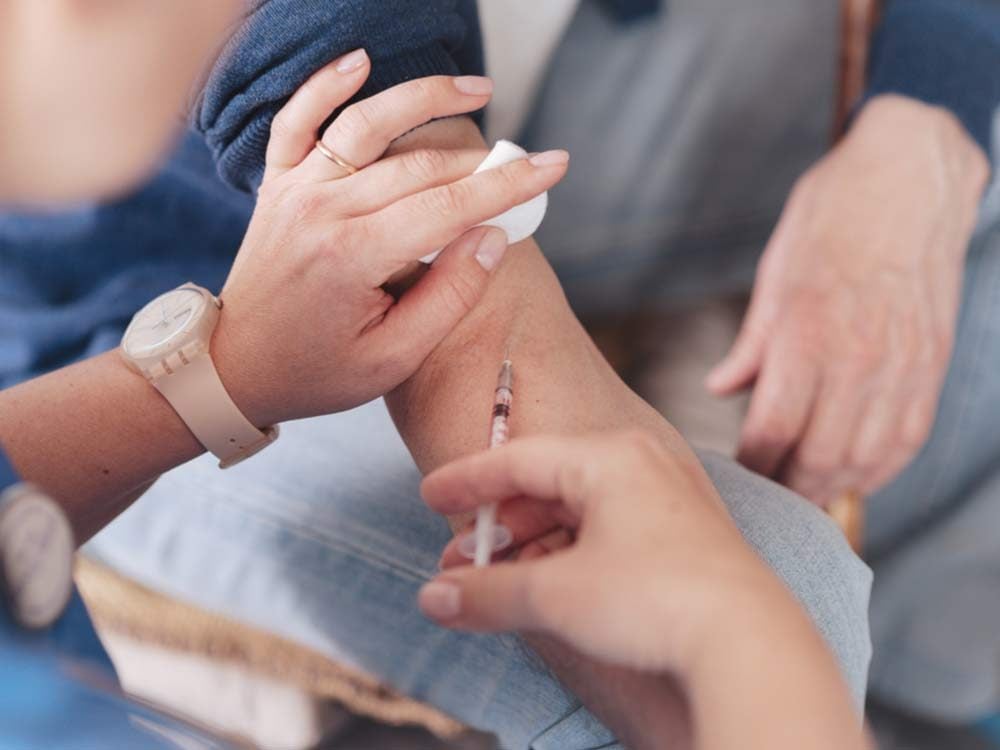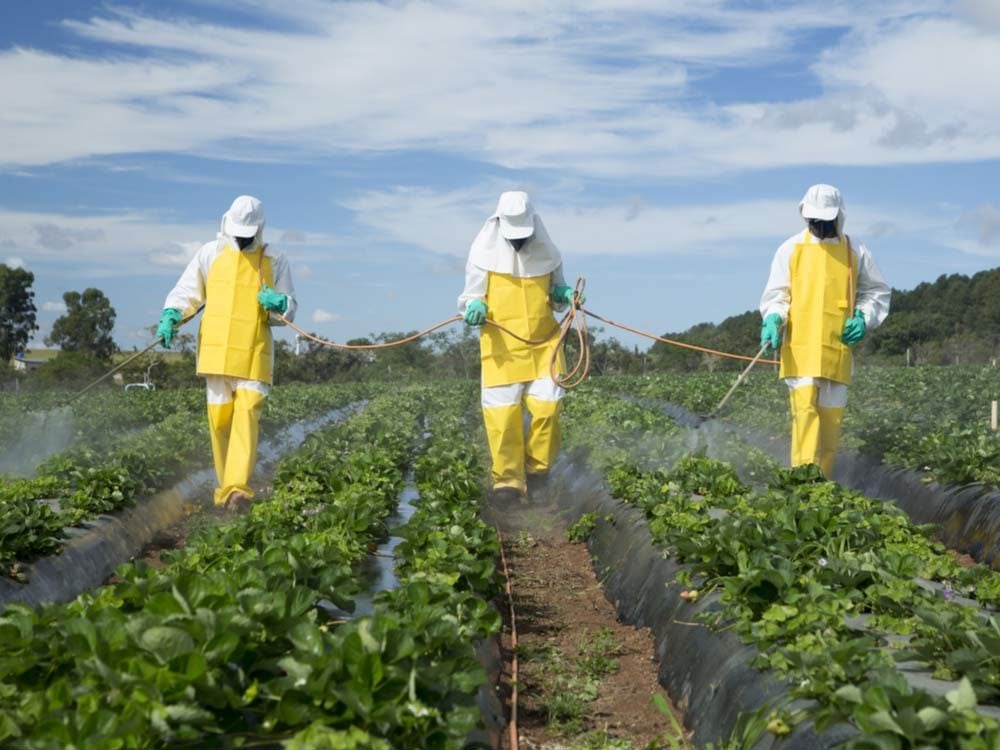
How Fake News Affects Public Health
As an assistant professor at the Harvard School of Dental Medicine, Dr. Brittany Seymour knows that being able to tell fact from fiction makes all the difference when it comes to your health. The problem, as Seymour outlined in her recent address to the Ontario Public Health Association Forum, is that distinguishing legitimate research from “fake news”—bunk which appeals to emotion and personal beliefs—is becoming a real challenge in the age of social media. “Five-hundred million Tweets go out every day and 100 hours of new content is uploaded to YouTube every minute,” she said. “The amount of information we share is astounding.” According to Seymour, that “information” includes the fake news that keeps the following five health myths alive.

MMR Vaccines Cause Autism
The Fake News: In 1998, British gastroenterologist Andrew Wakefield, along with 12 co-authors, published a study in the medical journal The Lancet that claimed the mandatory measles-mumps-rubella (MMR) vaccine could lead to autism when given to children under the age of two.
The Aftermath: Wakefield lost his license in 2010 after the study was debunked and retracted, but the damage was done: Seymour said vaccination rates in the U.S. and Great Britain plummeted once news outlets reported on the study. “We were able to trace [the U.S. measles outbreak in 2014], in part, to parents who found scary misinformation on the Internet and opted not to vaccinate their children,” she said.
The Facts: Many peer-reviewed journals, including the New England Journal of Medicine, have been unable to find any link between MMR vaccines and autism. While the cause of autism is still unknown, experts suggest that it comes from a combination of genetic and environmental factors.

Water Fluoridation Lowers IQ
The Fake News: In 2012, a group of Harvard researchers published a report that claimed children living in areas with highly fluoridated water had lower IQ scores than children living in low fluoride areas. The U.S. introduced fluoride to the public water system in the 1940s to prevent tooth decay.
The Aftermath: American media outlets began writing about the report in 2013, said Seymour. “The story of fluoride poisoning the next generation spread like wildfire,” she said. “We’ve seen advocacy groups and anti-fluoride groups balloon across the U.S. and the world, all working to end water fluoridation in their local communities.”
The Facts: All of the studies in the report investigated groundwater from China and Iran—two areas that have high levels of naturally occurring fluoride. Several of the studies also didn’t take into account other neurotoxins that can be found in public water systems, such as arsenic or lead.

Ebola Outbreak in North America
The Fake News: On Oct. 14, 2014, the website National Report published an article titled “Texas Town Quarantined After Family of Five Test Positive for the Ebola Virus.” The town in question, Purdon, is located about 112 kilometres from Dallas, the city in which Liberian national Thomas Eric Duncan was diagnosed with the disease—the first Ebola case in the U.S.
The Aftermath: The story, which was later unpublished, was shared on Facebook more than 330,000 times, according to MuckRack’s WhoShared algorithm. Seymour said the fake news was a prime example of confirmation bias, a psychological term describing people who only share or seek out information that confirms their pre-existing beliefs.
The Facts: Of the 11 known Ebola virus cases in the U.S., only two were contracted within the country. No new cases have been diagnosed in North America since 2014. In 2015, an experimental vaccine was administered to people in Guinea and found to be effective, according to the World Health Organization.

Pesticides Cause Microcephaly
The Fake News: In February 2016, Argentine-based group Physicians in the Crop-Sprayed Villages released a report claiming that a larvicide called pyriproxyfen is to blame for Brazilian cases of microcephaly—a neurological condition in which infants are born with significantly smaller heads compared to other newborns.
The Aftermath: Several websites picked up on the report and it went viral. Officials in the Brazilian southern state of Rio Grande do Sul later suspended the use of the insecticide.
The Facts: Medical experts have concluded that the risk of harm from casual exposure to the larvicide is virtually non-existent. “A person would have to drink well over 1,000 litres of water a day, every day, to achieve the threshold toxicity levels seen in animals,” Dr. Ian Musgrave, a senior lecturer in the Faculty of Medicine at the University of Adelaide in Australia, said in a statement.

Dandelion Roots Kill Cancer
The Fake News: On Sept. 21, 2016, Health Eternally published an article, “Scientists Find Root That Kills 98% of Cancer Cells in Only 48 Hours.” The story manipulated research undertaken by Dr. Carolyn Hamm from the Windsor Regional Cancer Centre in Ont., and linked back to a CBC news report on her study from 2012.
The Aftermath: Health Eternally’s story was republished by other websites and shared on Facebook. “I get emails every week from people around the world thinking they want to stop their standard medicine and take this instead because of these really unfounded claims,” said Hamm on CBC’s White Coat, Black Art radio series. “They can die if they believe that.”
The Facts: Hamm began conducting research on the cancer-fighting capabilities of dandelion root extract in 2012 and started leading clinical trials in 2015. However, no conclusive discoveries have been made to date.